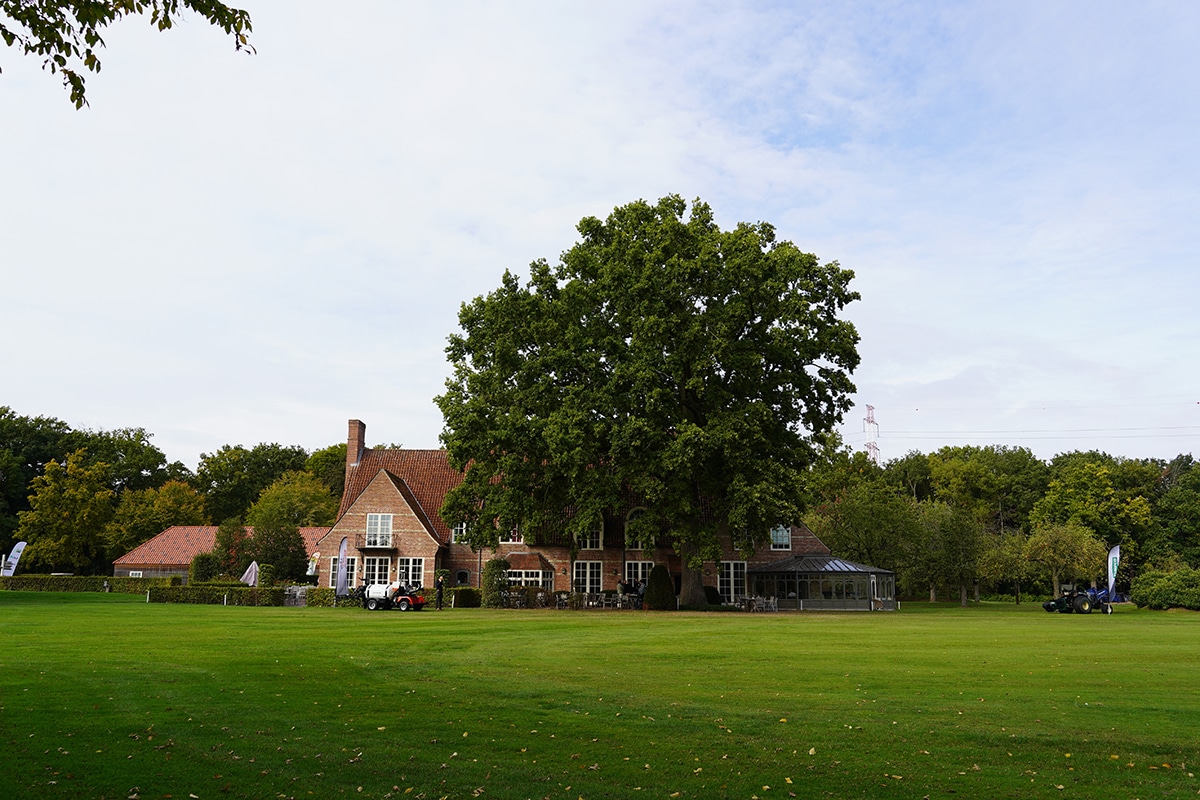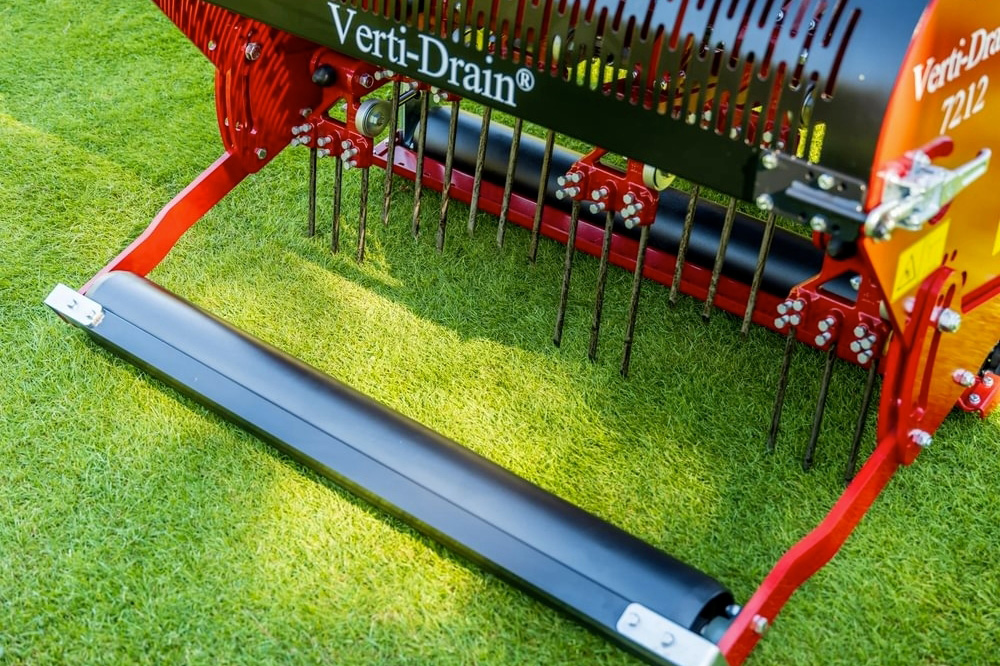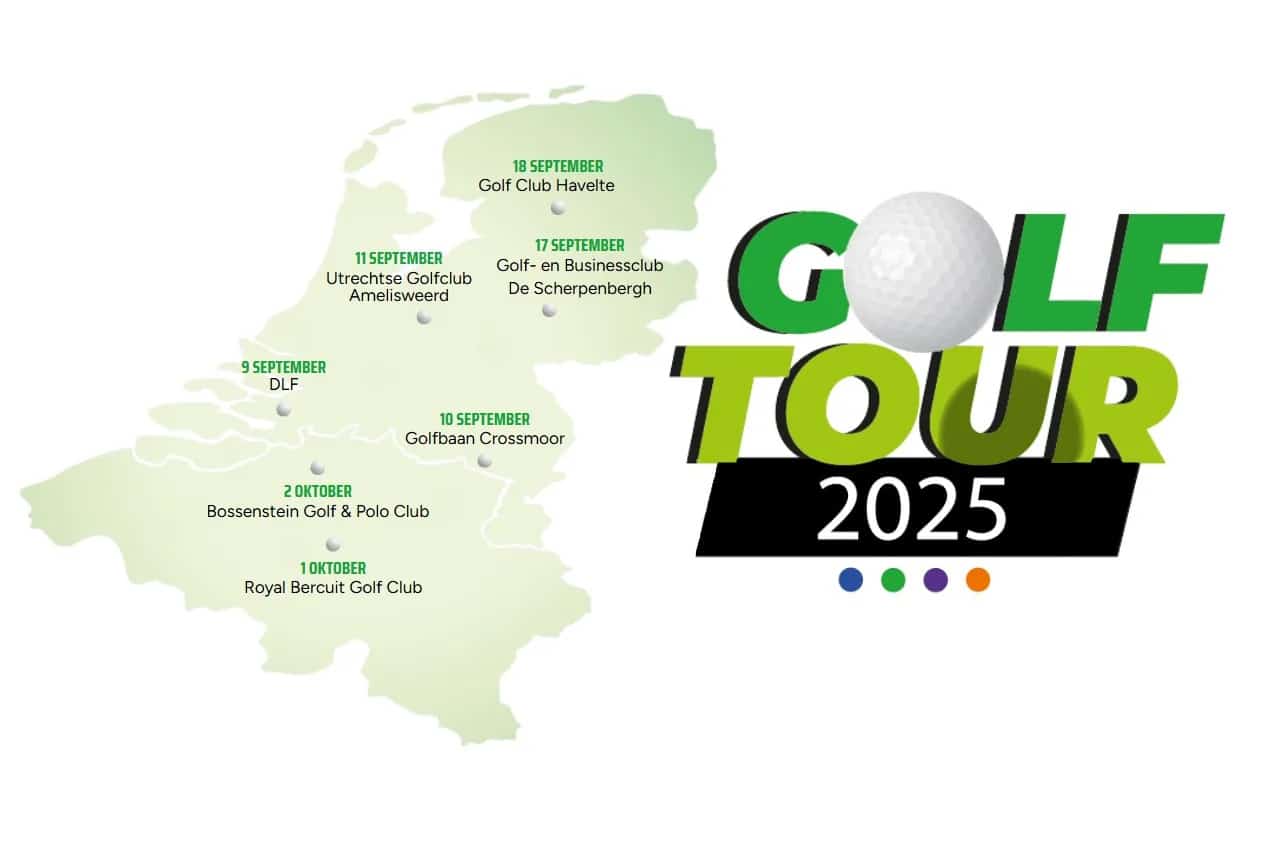
Small landscape elements, more than just beautifying the landscape
Examples include small groves, solitary trees, springs, wood edges, pools, etc. The importance of KLEs cannot be underestimated and their function extends beyond beautifying a landscape. They contribute to the readability of the landscape, refer to historical uses, form windbreaks and shade zones, create growing places and habitats for typical fauna and flora species and so much more. With the land pressures and intensification of recent decades, many KLEs have disappeared from the landscape, and with them the many functions they serve.
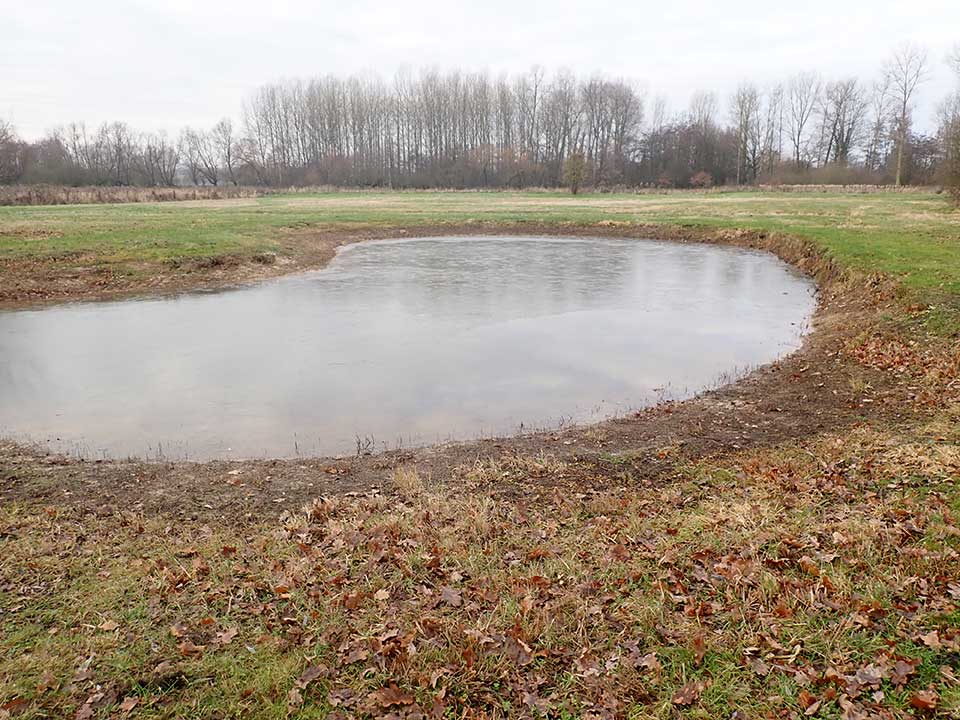
Redefine relationship with our environment
Land-use change, intensification and large scale, driven by the spirit of the times, have caused the fine network of KLEs to deteriorate significantly. More and more efforts were made to maximize the destination without regard to integration potentials. Today, more than ever, we are faced with a whole range of issues ranging from the corona crisis to the biodiversity crisis and climate crisis. What these various crises have in common is the lost connectivity with our environment. It is clear that we must join forces and redefine our relationship with our environment to face these crises.
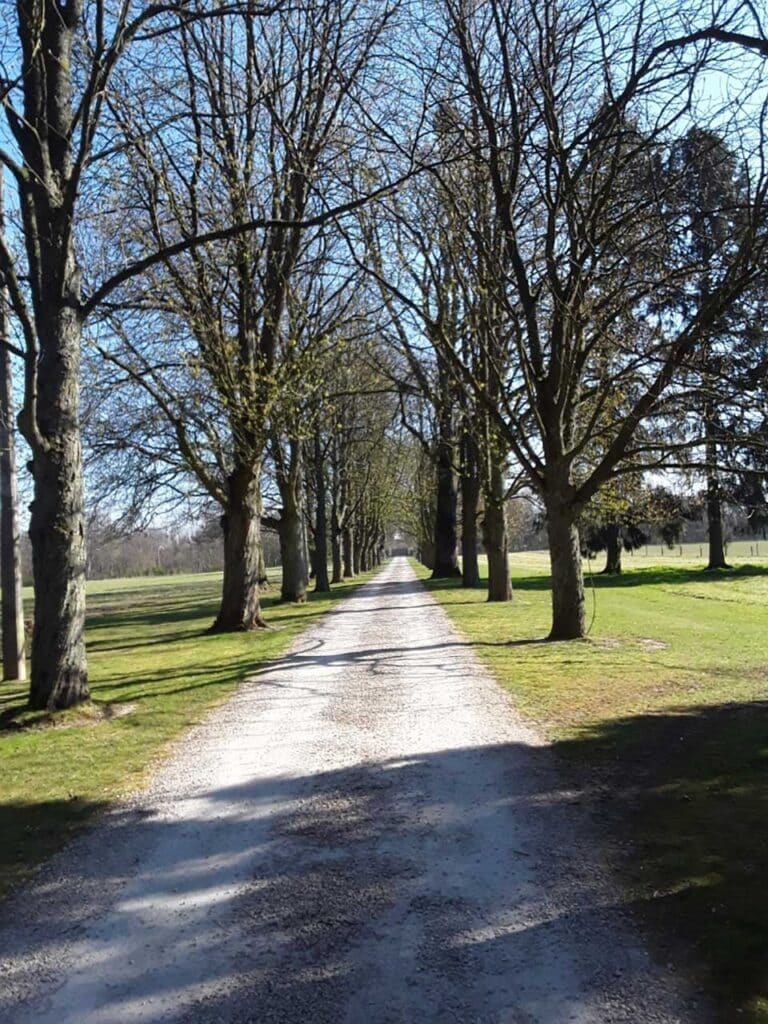
Many SMALL things make one big
One way to get ahead of current and upcoming crises is to use KLEs. The current fragmentation of the landscape makes it difficult to extend livable and experienceable green-blue ribbons throughout the landscape, from natural core, through open spaces, into the city. Maintaining or planting individual trees or rows of trees, providing natural verges along roads, creating or restoring pools, ponds or even meanders, ... These are often small green elements, but they are one by one part of a larger network. For example, did you know that our roadside verges cover a larger area than all recognized nature reserves? So there is significant potential in the preservation, restoration and expansion of the KLE network. The KLE network thus helps create the green-blue networks and thus ensures a more robust, livable and experienceable landscape.
From KLE to green-blue network
To turn individual KLEs into a green-blue network, a clear vision is needed. This vision defines the main green-blue structures in the landscape. On the basis of this vision of the landscape, it can be examined per area how this network can be strengthened, restored or expanded in relation to the various destinations and actors. A framework is thus created within which individual elaboration can take place on a small scale, at the level of the KLEs. In this way, individual KLEs grow into a green-blue network.
Landmax can guide and support you in drawing up such a landscape-ecological study. As an ecological study bureau, over the years she has acquired the necessary experience and expertise to draw up effective and pragmatic vision documents, supported by all actors.
We can also offer our experience and expertise for preparing roadside or wildlife management plans.
On to more livable and experienceable green-blue networks.

